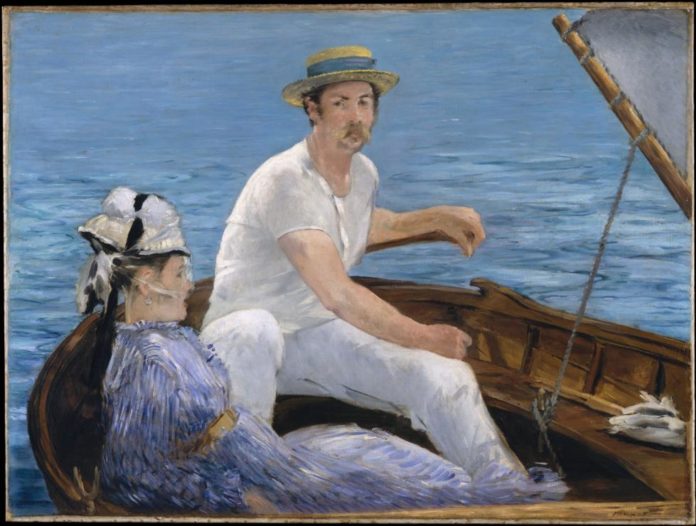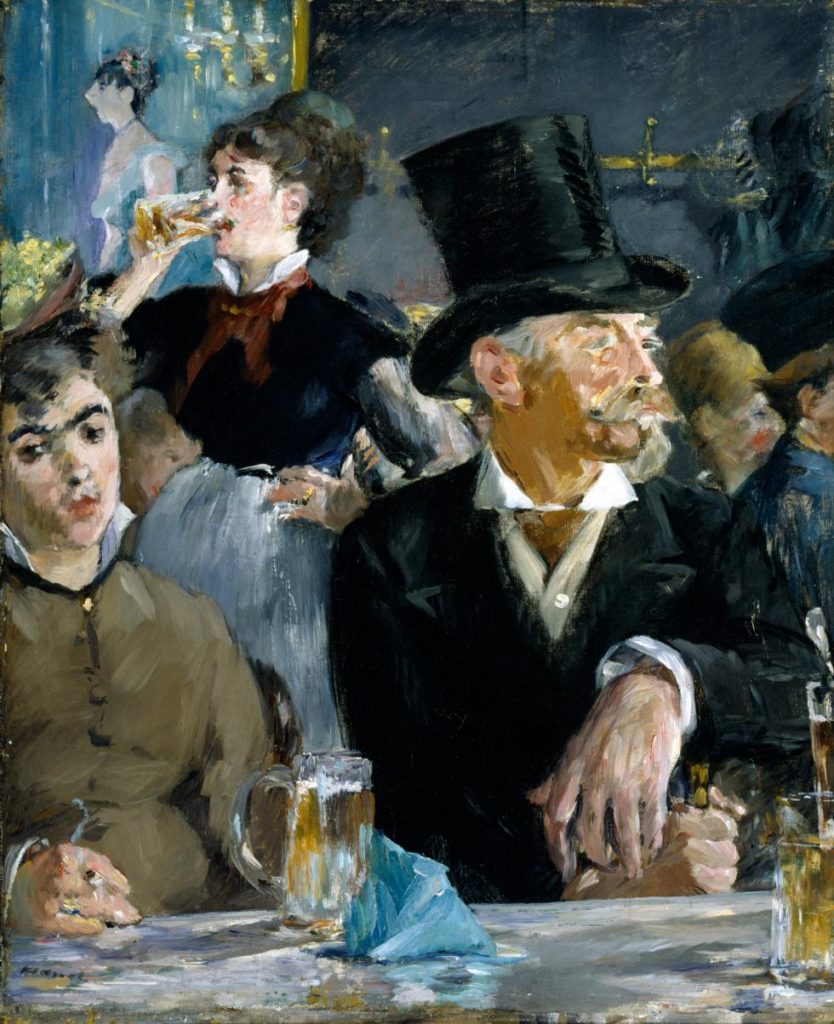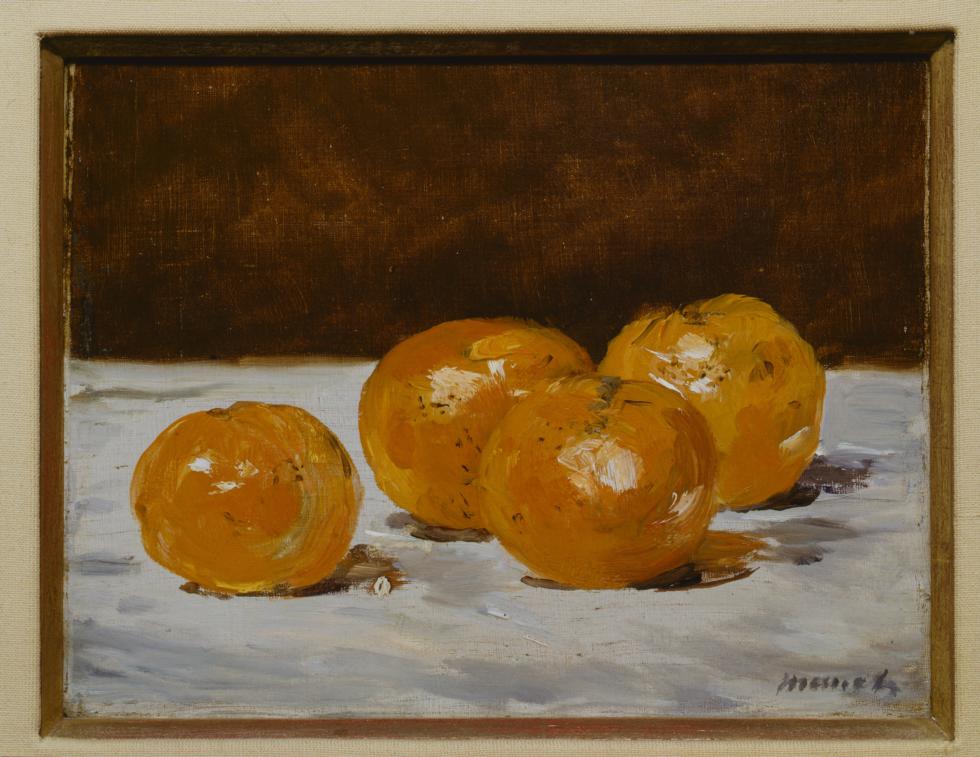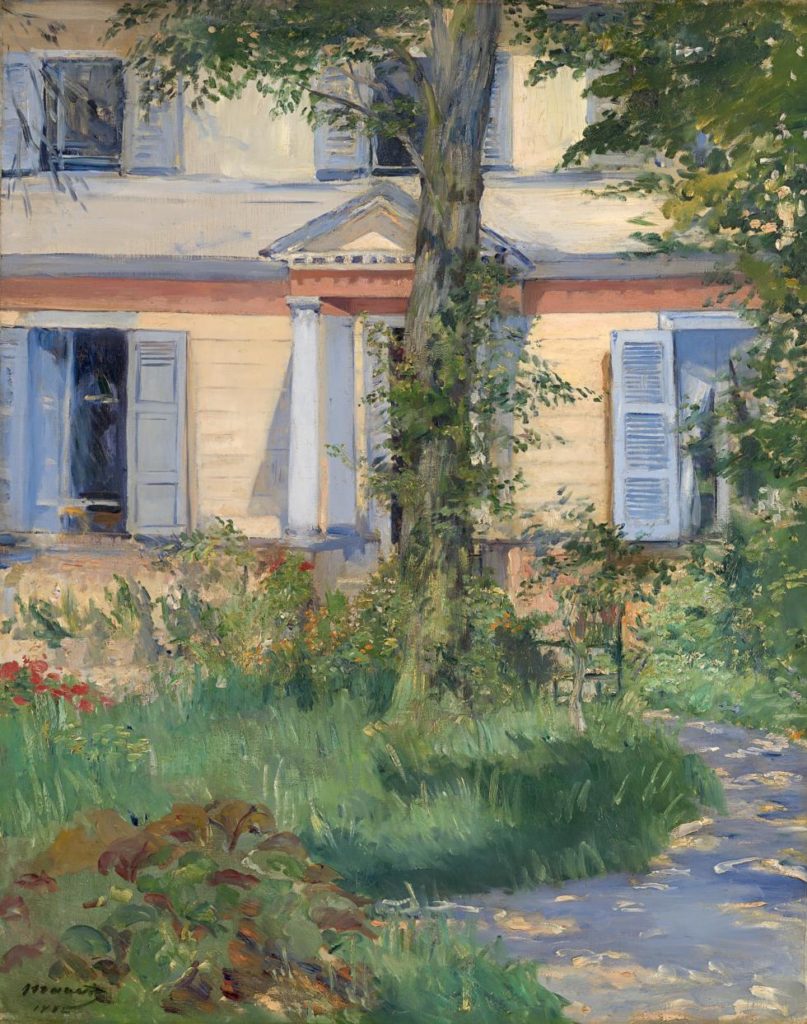
Édouard Manet (1832–1883) is best known today for provocative large-scale paintings that challenged the old masters and academic tradition and sent shockwaves through the French art world in the early 1860s. In the late 1870s and early 1880s, he shifted his focus and produced a different, though no less radical, body of work: stylish portraits, luscious still lifes, delicate pastels, intimate watercolors, and freely brushed scenes of suburban gardens and Parisian cafes.

On view at the J. Paul Getty Museum through January 12, 2020, “Manet and Modern Beauty” explores for the first time in a major museum exhibition the artist’s last years, after his rise to notoriety in the 1860s and the formal launch of the Impressionist movement in the early 1870s. The exhibition will feature more than 90 works of art, including an impressive array of genre scenes, still lifes, pastels, and portraits of favorite actresses and models, bourgeois women of his acquaintance, his wife, and his male friends.

EX.2019.3.61. Robert B. Mayer Family Collection
“Manet is a titan of modern art, but most art historical narratives about his achievement focus on his early and mid-career work,” says Timothy Potts, director of the J. Paul Getty Museum. “Many of his later paintings are of extraordinary beauty, executed at the height of his artistic prowess—despite the fact that he was already afflicted with the illness that would lead to his early death. These works sparkle with an insistent — perhaps even defiant — sense of life. Presenting many iconic paintings, including our recently acquired “Jeanne (Spring),” alongside pastels and intimate watercolors, “Manet and Modern Beauty” takes a fresh look at this justly renowned and ever-popular artist.”

Manet died at the age of 51 in 1883, after a long and painful illness. Declining health forced him to adjust his working habits: During the last six or seven years of his life, his output was generally more intimate in both scale and subject, focusing on fashionable scenes of Parisian life and the stylish women, and sometimes men, of his acquaintance. Too often dismissed as superficial by critics, these later works provide valuable testimony to Manet’s elegant social circle and suggest a radical new alignment of modern art with fashionable femininity while recording the artist’s unapologetic embrace of beauty and visual pleasure in the face of death.

EX.2019.3.1. National Gallery of Victoria, Melbourne, Felton Bequest, 1926 Photo: Garry Sommerfeld
“Manet and Modern Beauty” is divided into five sections—“La Vie Moderne,” “Portraits of an Era,” “The Four Seasons Project,” “Manet at Bellevue,” and “Flowers, Fruits, and Gardens.”
“Manet and Modern Beauty” is on view at The Getty through January 12, 2020. For more information, please visit getty.edu.
Sign up to receive Fine Art Today, the free weekly e-newsletter from
Fine Art Connoisseur magazine.







